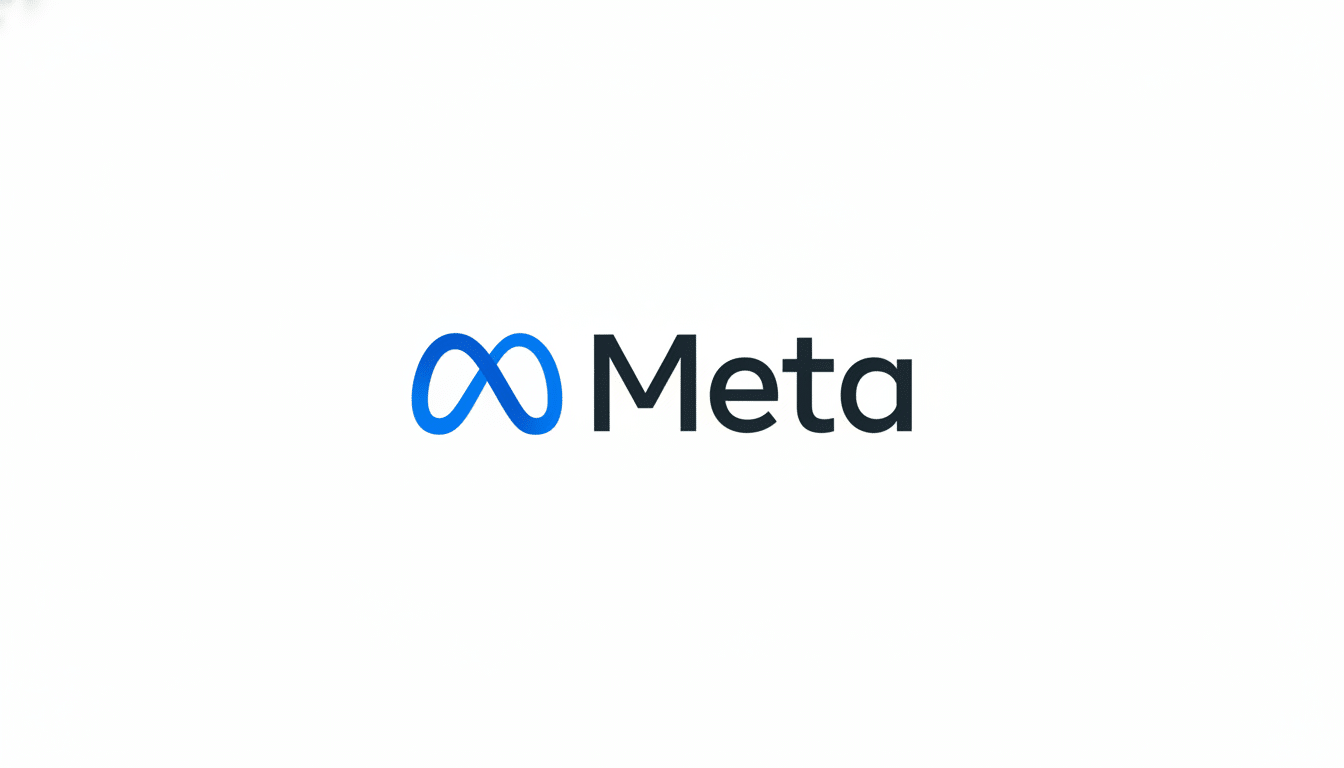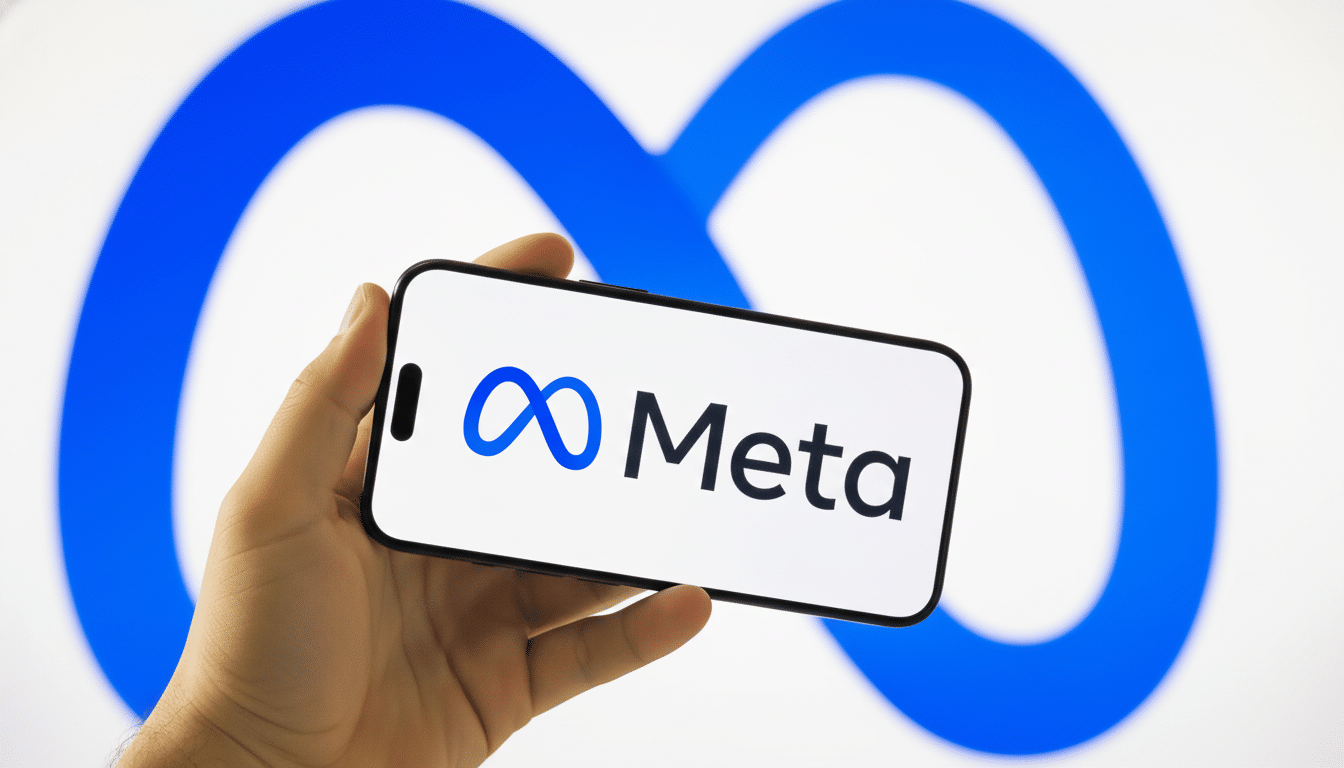Meta is previewing new parental controls intended to facilitate how teens communicate with AI characters across its apps, an early indication of a push toward making conversational AI feel more monitored and age-appropriate. Specifically, the tools focus on letting caregivers switch off or restrict chats with persona-style AIs, look at high-level summaries of day-to-day teen conversations and apply stricter content filtering on over-13s.
What Meta Is Changing in Teen AI Chats Today
And the marquee feature is a kill switch for AI character chats. They will also be able to shut off conversations with all characters altogether, or block specific virtual personalities that don’t mesh with family values. These persona bots — not to be confused with Meta’s general-purpose Meta AI assistant — are supposed to both entertain and guide, but the new controls recognize that tone and topic do matter when your audience is young.

Importantly, turning off character chats does not remove access to Meta AI, the company’s utility chatbot offering. Instead, Meta AI will err on the side of more restrictive, age-appropriate behavior for teen accounts by generally assisting and refraining from exploring sensitive topics. For families with a tighter leash, parents can even see high-level discussion topics across both character chats and Meta AI that are grouped not as verbatim transcripts but into categories instead.
How the Controls Work for Families and Teens
Caregivers will get topic-level insights, like study help, sports or creativity prompts and news questions from Meta — not full message histories, the company says. That design aims to strike a balance between parental visibility and teen privacy, mitigating the chance of over-surveillance. Families can also impose time limits for when AI characters are engaged with, curbing late-night bingeing or perhaps too much back-and-forth between particularly engaging personas.
Behind the scenes, teens have limited access to a censored list of AI characters that meet the standards of content meant for children. With this smaller roster, parental shutoffs and time limits in place create the kind of multi-layered guardrails that can be adjusted — tightened or loosened — as teens show how much judgment they deserve.
Safety Standards and Content Filters Explained
Meta argues that its teen AI experiences can be covered by a PG-13-style guidance framework, avoiding explicit sexual content, graphic drug use and extreme violence. It also promotes refusal behavior to risky queries, nudges adolescents toward safely labeling and/or seeking information regarding those responses. These policies reflect what safety researchers at groups like the Family Online Safety Institute, a Washington-based nonprofit, and Common Sense Media have been urging for years: clear boundaries, predictable noes and oversight.
On the account integrity side, Instagram has been leaning on AI to help it detect users who lie about their age, a category regulators have been increasingly focused on pressuring platforms to improve. This goes along with the new controls to mitigate younger kids faking their ages and themselves partaking in teen-focused AI experiences.

Launch Regions and Initial Availability Details
Meta will initially launch the controls on Instagram, with availability at launch in English across selected markets including the United States, Britain, Canada and Australia. By starting with one app first, the company has a contained environment to test how accurate topic summaries are, rates of refusal and how usable parental dashboards are before rolling them out more widely.
Why This Matters In The Youth Safety Debate
Conversational AI has rapidly become woven into the way teens search for information, learn new things and socialize — blurring the line between tools and companions. Youth advocates have called for stricter governance following fears that chatbots could normalize inappropriate topics or give dangerous advice. A U.S. Surgeon General advisory has recognized the hazards of overuse of social media on mental health, and Pew Research Center found most teens use several platforms daily. Integrating more parent-facing controls directly into an artificial intelligence experience is a logical next step.
Meta’s action also arrives as other tech companies are calibrating their strategies around youth. OpenAI has introduced more aggressive restrictions on its assistants’ use by teenagers, and YouTube has broadened its supervised experiences offerings as well as default safety settings for younger users. Meanwhile, as scrutiny accumulates ahead of regulation, regulators are heating up: the UK’s Age-Appropriate Design Code, proposals under the EU digital platform rules and some state-level goings-on in the U.S. are all leaning towards youth-by-default safety.
Open Questions and What to Watch as Rollout Begins
The most delicate trade-off is visibility versus privacy. Topic summaries might provide reassurance to concerned parents, but partners like the Center for Democracy and Technology have warned that surveillance-heavy techniques can erode trust and chill healthy exploration. How those controls are executed will make all the difference, whether that’s short data retention limits, clear opt-ins or the ability for teens to understand what gets shared with caretakers.
Effectiveness is another open question. If the controls feel too rigid, will teens just take tough conversations to unsupervised apps? Anecdotes from Common Sense Media messages also indicate that teens react positively toward open rules and boundaries made together. If it can combine strong defaults with education for families — and serve up consistent refusals and safe redirections when teenagers press the limits of what is, or isn’t, allowed online — these controls could potentially come to represent a model for AI governance on social platforms.
For now, the message is loud and clear: You are entering the era of AI supervisors. Meta faces the challenge of how to turn its principled guardrails into daily practice at the scale of hundreds of millions without throwing out the baby with the bathwater that makes conversational AI appealing in the first place.

